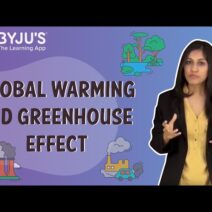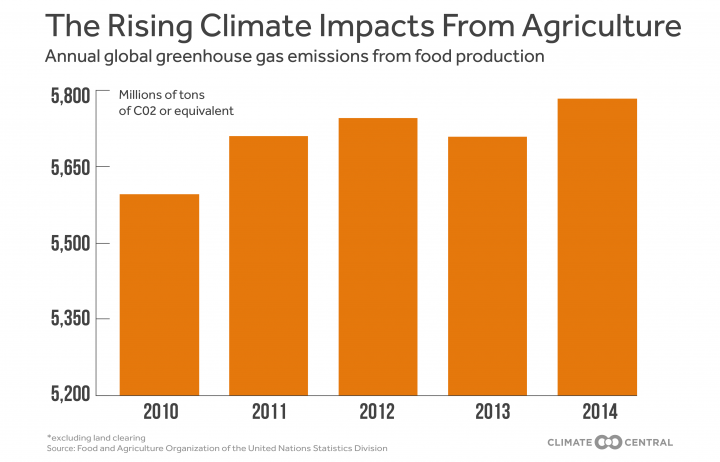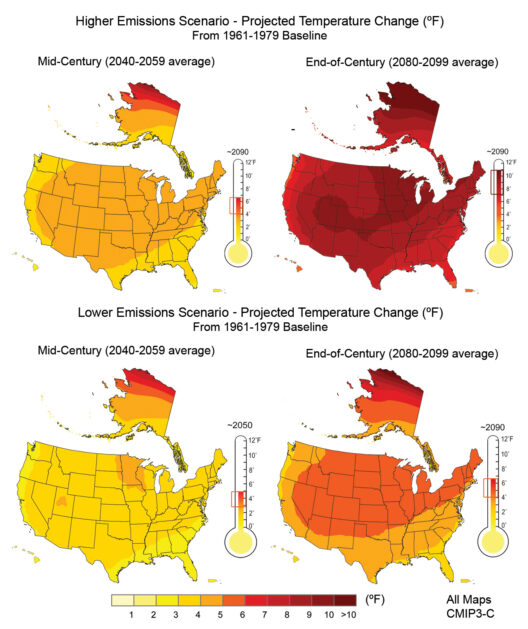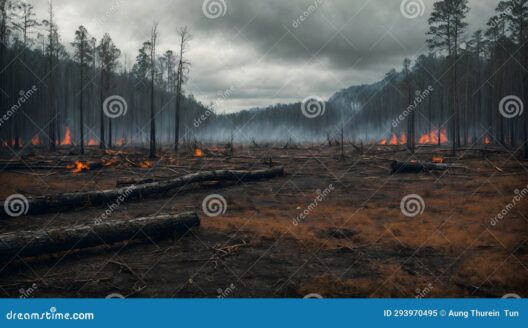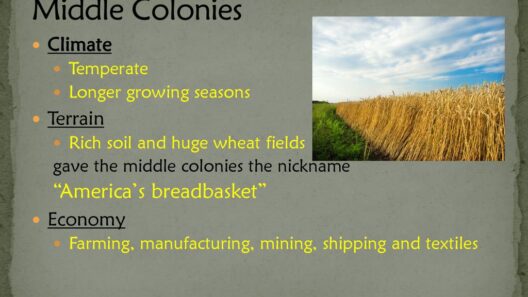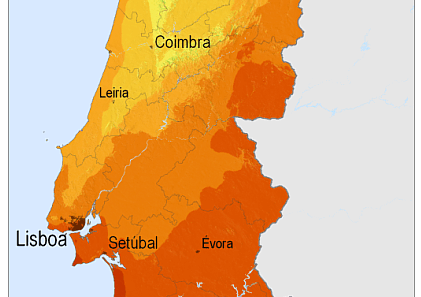Bean farming presents a fascinating case study of the intricate relationship between agriculture and climate change. Various bean varieties are cultivated across different geographies. Each type has unique requirements and sensitivities to environmental factors. Examining how climate impacts bean farming involves delving into soil health, weather patterns, water availability, and even the role of pests and diseases. Understanding these factors is vital for farmers and policy-makers alike.
First, let’s consider the foundational element of all farming: soil. Soil quality substantially influences bean crop yields. Rich, loamy soils, abundant in nutrients and organic matter, foster healthy plant growth. However, with rising global temperatures and erratic precipitation patterns, soil degradation is becoming increasingly prevalent. Erosion, salinization, and nutrient depletion are just a few of the challenges farmers face. Practices such as cover cropping and crop rotation can be employed to maintain soil vigor. Yet, without sufficient rainfall or appropriate temperature conditions, even these proactive measures can falter.
Weather variability is perhaps one of the most significant manifestations of climate change that directly impacts bean farming. Beans typically flourish within temperature ranges of 60 to 85 degrees Fahrenheit. However, with climate change, these optimal ranges shift. Heatwaves can lead to stunted growth or even crop failure, creating dire economic consequences for farmers. Additionally, the emergence of unpredictable precipitation patterns results in an increased frequency of both droughts and floods. Drought stifles bean growth, while excessive moisture can lead to rot and disease. Each of these scenarios poses unique challenges for farmers, often rendering traditional farming methods inadequate.
Water availability is closely intertwined with climate conditions and agricultural productivity. Beans, though drought-tolerant compared to many other crops, still require adequate moisture during critical growth stages. Changes in seasonal rainfall can disrupt planting and harvesting periods, creating a ripple effect throughout the agricultural calendar. Implementing efficient irrigation systems is one way to mitigate these challenges. However, these systems rely on water sources that may themselves be affected by climate phenomena. The depletion of aquifers and the contamination of freshwater resources compounds the challenges faced by bean farmers, necessitating innovative solutions.
Furthermore, pest and disease dynamics are directly influenced by climate change. As temperatures rise, the geographical range of many pests expands, bringing them into regions where bean farming is prevalent. For example, pests that were once limited to tropical climates may now present threats to temperate bean crops. This necessitates a greater reliance on pesticides, raising concerns about environmental degradation and human health. Integrated Pest Management (IPM) strategies can provide a more sustainable alternative for controlling these threats, but transitioning to such methods requires education and resources that are often lacking.
Moreover, changing climatic conditions can exacerbate the spread of diseases among bean crops. Fungal pathogens thrive in warmer, wetter environments, which may become more common as climate change progresses. This increases the risk of plant diseases, which can devastate yields. Farmers need to evolve their strategies, employing resistant bean varieties or diversifying their crops, enhancing resilience in the face of emerging threats.
Let’s turn our attention to the socio-economic factors that intersect with climate change’s impact on bean farming. Many bean farmers come from marginalized communities with limited access to technology and information. Their ability to adapt to the changing climate is often hindered by economic constraints. This raises the question of equity in addressing climate change within agricultural sectors. Policies that support sustainable practices, financial assistance, and educational programs are essential for empowering these communities. Investments in agroecological practices can yield both environmental benefits and economic stability, fostering resilience among farmers.
Climate change also influences consumer attitudes towards food choices. Growing awareness of sustainability has led to increased demand for organic beans and those cultivated under environmentally friendly practices. This trend presents opportunities for bean farmers to tap into niche markets, provided they can meet consumer expectations regarding supply and sustainability. Developing partnerships with local co-ops and exploring farmers’ markets can amplify this engagement, allowing consumers to connect with the source of their food.
Lastly, the interplay between bean farming and climate dynamics illustrates the urgency of addressing global climate challenges. Initiatives such as reforestation, sustainable land management, and the promotion of agro-biodiversity are fundamental in creating a resilient agricultural system that supports bean farmers. The cultivation of beans, often perceived as a minor commodity, plays a significant role in food security and livelihood sustainability. As climate change continues to escalate, prioritizing environmental stewardship in bean farming practices becomes imperative.
In conclusion, from soil health to changing weather patterns, climate affects every aspect of bean farming. The challenges presented can be daunting; however, they also provide an impetus for innovation. Adapting to these changes requires a multifaceted approach that encompasses technological advancements, shifts in consumer behavior, and equitable policy frameworks. By fostering resilience in bean farming communities, we can ensure both sustainable production and food security in an uncertain climatic future.


